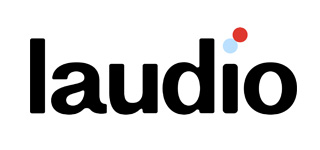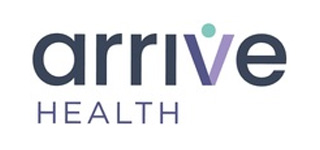Health IT giant Cerner is collaborating with startup Well Health to improve how clinicians communicate with patients. The aim is to make communicating with doctors and care teams as easy as texting a friend, according to Well Health CEO and founder Guillaume de Zwirek.
Cerner has integrated Well Health’s features into its patient portal will solve gaps in communication and improve patients’ engagement with clinicians through intelligent and automated communication.
As healthcare is moving toward an app economy, there is a need to provide patients the same person-centric digital experience in health care as they receive from other industries, according to David Bradshaw, senior vice president, consumer and employer solutions, Cerner.
Teaming with venture capital-backed startup Well Health, Cerner is making technology more useable for health systems and patients by meeting consumers where they are spending their time: on their mobile phones.
“By bringing patient data from different systems and streamlining in one unified view, we are strengthening our clients’ ability to build meaningful relationships with patients through a convenient, digital experience that has become a part of everyday life,” Bradshaw told Fierce Healthcare.
He added, “What this allows our clients to do is reach out and touch a patient and communicate with them in the mechanism that they choose, whether that’s email, SMS text, telephone or live chat. We think this unified consumer communications infrastructure along with patient applications is the real fabric for creating this engaged patient technology platform that our clients are seeking to build and deploy.”
Through Cerner’s HealtheLife platform, the new integrated capabilities pull from a myriad of systems and apps to help improve communication and reduce administrative time for clinicians and staff. Organizations can use the new automation features to deliver critical health information, send flu shot reminders, reschedule appointments, schedule virtual visits, and prompt patients to set up needed medical transportation.
The partnership between Cerner and Well Health enables that “last mile” to the patient, Bradshaw said, and will streamline both human-based interactions and digital communications for patients.
Santa Barbara, Calif.-based Well Health, which launched in 2015, developed a platform that enables conversations between patients and their providers through secure, multilingual messaging in the patient’s preferred communications channel: texting, email, telephone, and/or live chat. The company facilitates 1 billion messages for 31 million patients annually, according to the company.
“I started this company five and half years ago as a patient in the health system who loves my doctors, but hates the process of coordinating care,” de Zwirek told Fierce Healthcare. “I always wished there was a way to communicate with providers and physicians the way I communicate with my friend, through text, where I could ask a question and get an answer in a reasonable time period.”
Exasperated with the inefficiency of communicating with his healthcare system, de Zwirek said he developed Well Health’s technology with the aim of changing healthcare into an industry known for its customer service.
With the COVID-19 pandemic, providers have realized that they need to be more nimble in their outreach to patients to communicate about COVID exposure, facility closures or any other important changes to facility operations, de Zwirek said.
While patient-facing apps are important, there also is a need to streamline and unify disjointed systems and communications.
“Health systems are realizing that patient digital communication has gone from a ‘nice to have’ to a ‘need to have’. I have seen a mental shift in the last eight months,” he said.
Many health systems are now prioritizing the digital transformation of healthcare as a board-level initiative, Bradshaw said.
“COVID has accelerated digital adoption, with virtual being one piece of that,” he said.
The new capabilities are expected to benefit providers by improving patient satisfaction, retention, and acquisition through timely communication and reduced hold queues, missed calls, and email delays, according to Cerner.
The technology also should reduce the time spent scheduling and communicating with patients by using automated workflows that reply and route based on patient responses. Patients also will get auto-notifications when new bills are ready for payment.
“We aim to move beyond the days of playing phone tag, leaving voicemails and expecting patients to continue showing up,” de Zwirek said. “For a provider’s staff, Well Health is designed to unify and automate disjointed communications across the organization, helping to reduce unnecessary stress and limiting potential errors.”



